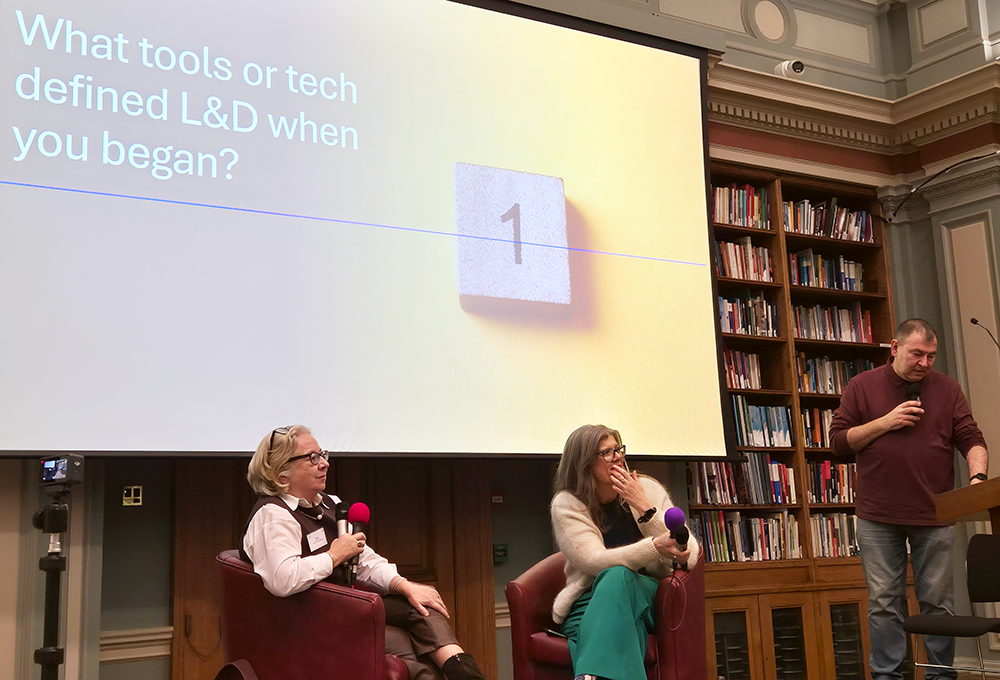Ahead of International Women’s Day on 8 March 2017, Fiona Quigley talks about the importance of tackling unconscious bias.
For a blog I wrote last year I researched some of the evidence that was holding women back from top leadership positions. There are many factors, including historic, societal and cultural influences – it is a multifaceted challenge.
There are also a few factors that are down to us as individuals, so it makes sense to look at how we can support individuals to change first.
Unconscious bias means that we tend to favour people who are more like us. This does not just apply to gender, but to all kinds of differences, including race, age, social status and political outlook. I’m going to focus on gender for now.
In today’s business world, men are still more likely to ascend to top leadership positions. This is down to historic and cultural factors. Though it may be slowly changing, it is a non-virtuous circle: if we continue to have more men in top leadership positions, then men are more likely to continue to be favoured.
What we need to do is figure out how to interrupt this pattern.
The brain needs shortcuts
I could say that, as human beings, we are inherently lazy. A more compassionate view is that our brain uses a lot of energy and needs to conserve energy when it can.
Visualise your brain being bombarded by hundreds of pieces of information every second and continually trying to figure out what you should be paying attention to, what you can ignore, and what spells danger.
No wonder that you shortcut and generalise what you learn. Your brain will seize on any opportunity to reach a decision quickly, conserving energy for dealing with more dangerous situations.
Unconscious bias plays a role in stereotyping. We learn stereotypes from a young age – it is a core development milestone for kids; in terms of gender bias, its impact can be seen as early as 18 months old.
No, I’m not going to get on my soapbox to advocate pink toys for boys and action figures for girls. However, polarising genders in terms of what they ‘should’ like does have an important impact on how we develop into psychologically healthy (or unhealthy) adults.
For boys, the end result can be emotional over-regulation: an example of which is the damaging view that ‘strong men don’t cry’. Although this article focuses on women, it is important to recognise that men have gender bias challenges too.
Gender bias limits potential
Gender bias for women and girls is limiting their potential, particularly in relation to career choice and career progression. The journal Science published a recent study involving 400 children and found that:
- Five-year-old girls and boys thought their own gender was brilliant
- Just one year later, gender differences emerged
The researchers think that gender stereotypes were beginning to emerge because of influences from teachers, parents, the media and society as a whole.
There is definitely something to be concerned about when five-year-olds think their gender is “brilliant”, but six-year-old girls suddenly start to think that boys are more likely to be “smart”.
This can become a self-fulfilling prophecy, unless the girl and the people around her take time to tackle the perceived bias.
Resources to help with unconscious bias
- Measure your unconscious bias through the Harvard Implicit Project Website
- Google recognised the challenge of stereotyping and unconscious bias a few years ago, check out their video
- The National Centre for Women in Technology produced a useful checklist to help conduct gender bias free performance reviews
- Most women believe sexism still exists but most men disagree (find out why)
- How to work with unconscious bias in your organisation. Diversity training has not worked, so it is time for something different – communication, listening, feedback and culture are key!
- Read my blog from last year, ‘time to think differently about women in leadership’
What are you doing for International Women’s day on 8th March 2017?
Have a conversation about stereotyping, gender bias and the role of unconscious bias. Use the resources above to open the discussion. You can also find more ideas on the International Women’s day website.
About the author
Fiona Quigley is Head of Learning Innovation at Logicearth Learning Services. You can contact Fiona through email Fiona.Quigley@logicearth.com and on Twitter @FionaQuigs



